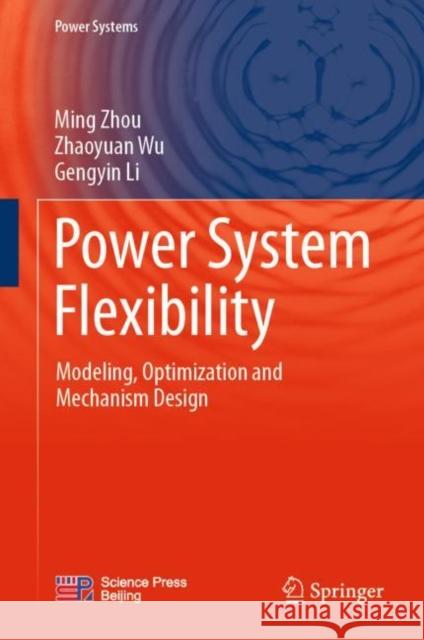Power System Flexibility: Modeling, Optimization and Mechanism Design » książka
Power System Flexibility: Modeling, Optimization and Mechanism Design
ISBN-13: 9789811990748 / Angielski / Twarda / 2023 / 212 str.
Power System Flexibility: Modeling, Optimization and Mechanism Design
ISBN-13: 9789811990748 / Angielski / Twarda / 2023 / 212 str.
(netto: 575,06 VAT: 5%)
Najniższa cena z 30 dni: 578,30
ok. 22 dni roboczych
Dostawa w 2026 r.
Darmowa dostawa!
This book provides a detailed description of the flexibility of the power system with high share of variable renewable generation, including power system flexibility modeling, flexibility-based economic dispatch, demand side flexibility response, large-scale distributed flexible resources aggregation and market design for enhancing the flexibility of the power system, etc. The book provides an appropriate blend of theoretical background and practical applications of the power system flexibility, which are developed as working algorithms, coded in MATLAB and GAMS environments. This feature strengthens the usefulness of the book for graduate students and practitioners. Students will gain an insightful understanding of the flexibility of the power system with high share of renewables integration, including: (1) the formulation of flexibility modeling and flexibility-based economic dispatch models, (2) the familiarization with efficient solution algorithms for such models, (3) insights into these problems through the detailed analysis of numerous illustrative examples and (4) market design approach for enhancing the flexibility of the power system. Hopefully, this book greatly benefits readers in the fields of energy economics and engineering.
This book provides a detailed description of the flexibility of the power system with high share of variable renewable generation, including power system flexibility modeling, flexibility-based economic dispatch, demand side flexibility response, large-scale distributed flexible resources aggregation and market design for enhancing the flexibility of the power system, etc. The book provides an appropriate blend of theoretical background and practical applications of the power system flexibility, which are developed as working algorithms, coded in MATLAB and GAMS environments. This feature strengthens the usefulness of the book for graduate students and practitioners. Students will gain an insightful understanding of the flexibility of the power system with high share of renewables integration, including: (1) the formulation of flexibility modeling and flexibility-based economic dispatch models, (2) the familiarization with efficient solution algorithms for such models, (3) insights into these problems through the detailed analysis of numerous illustrative examples and (4) market design approach for enhancing the flexibility of the power system. Hopefully, this book greatly benefits readers in the fields of energy economics and engineering.











